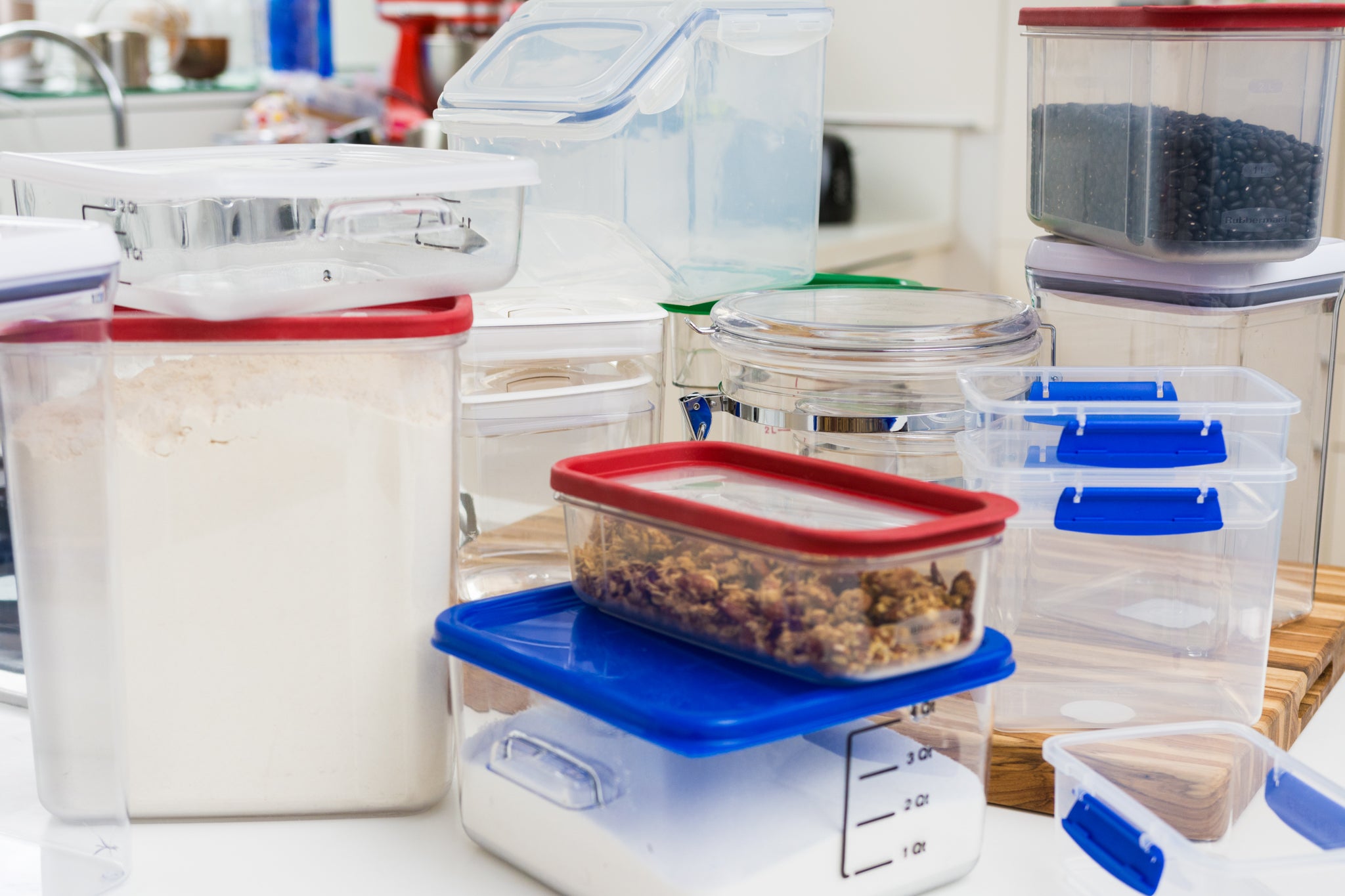

Articles
How To Store Dry Food Long Term
Modified: January 5, 2024
Learn the best techniques for storing dry food long term in this informative article. Find expert tips and advice to ensure your food stays fresh and usable.
(Many of the links in this article redirect to a specific reviewed product. Your purchase of these products through affiliate links helps to generate commission for Storables.com, at no extra cost. Learn more)
Introduction
Welcome to the world of long-term food storage! Whether you’re preparing for emergencies, stocking up on essentials, or simply trying to reduce food waste, knowing how to store dry food long-term is essential. By properly storing your dry food items, you can ensure their freshness, prolong their shelf life, and have peace of mind knowing that you’re well-prepared for any situation.
In this article, we will explore the key steps and considerations for storing dry food effectively. From selecting the right containers to controlling temperature and humidity, we will provide you with expert advice to help you maximize the quality and longevity of your stored food.
So let’s dive in and discover the secrets to successful long-term dry food storage!
Key Takeaways:
- Choose airtight, durable, and opaque containers for long-term dry food storage. Select suitable storage locations, control temperature and humidity, and seal containers properly to preserve food quality and freshness.
- Implement pest prevention, rotate stock, and monitor expiry dates to maintain a fresh supply of stored food. By following these steps, you can ensure preparedness and reduce food waste.
Read more: How To Store Dried Fruit Long Term
Selecting the Right Containers
When it comes to storing dry food long-term, choosing the right containers is crucial. The containers you select will determine the level of protection your food receives from external factors such as moisture, air, and pests. Here are some important factors to consider:
- Airtight: Opt for containers that are airtight to prevent exposure to air, which can cause food to spoil and lose its flavor. Look for containers with secure locking mechanisms or rubber gaskets that create a tight seal.
- Durable: Select containers made of sturdy materials such as food-grade plastic or glass. These materials are less likely to break or crack, ensuring that your food remains protected for an extended period.
- Opaque: Choose containers that are opaque or made of non-transparent materials. This helps to block out light, which can degrade the quality of certain food items like spices and dry herbs.
- Size: Consider the size of the containers in relation to the quantity of food you’ll be storing. Opt for smaller containers for items that you regularly use in smaller quantities to minimize exposure to air each time the container is opened.
- Stackable: Look for containers that are designed to be stackable. This feature not only maximizes the storage space but also helps to keep your pantry or storage area organized and clutter-free.
Additionally, it’s worth investing in some specialized storage containers for specific food items. For example, purchase airtight canisters for storing coffee beans, tea leaves, or dried fruits. These containers are specifically designed to maintain the freshness and aroma of these delicate items.
Remember to thoroughly clean and dry your containers before use. This helps to eliminate any lingering odors or contaminants that could potentially spoil your food.
Now that you have chosen the right containers, let’s delve into the next crucial step in long-term food storage – selecting suitable storage locations.
Choosing Suitable Storage Locations
Once you have the right containers for your dry food, it’s important to choose suitable storage locations to ensure the longevity and quality of your stored items. Here are some key considerations when selecting storage locations:
- Cool and Dry: Dry food items are best stored in cool, dry areas. High temperatures can accelerate the breakdown of nutrients and cause food to spoil more quickly. Avoid storing dry food in areas that are exposed to direct sunlight or near sources of heat, such as stoves or heaters.
- Avoid Moisture: Moisture is one of the main culprits in food spoilage. Keep your stored food away from humid areas like basements, attics, or bathrooms. If possible, choose a storage area with proper ventilation to improve air circulation and reduce the risk of moisture buildup.
- Dark Environment: Light can degrade the quality of certain dry food items like spices, grains, and oils. Choose storage locations that are dark or use opaque containers to block out light. This will help to preserve the flavor, color, and nutritional value of your stored food.
- Stable Temperature: Fluctuating temperatures can cause condensation inside containers, leading to spoilage and mold growth. Aim for a storage location with a stable temperature, ideally between 50-70 degrees Fahrenheit (10-21 degrees Celsius).
- Elevated: Whenever possible, store your dry food items off the ground. This helps to minimize the risk of pests accessing your food. Use shelves, racks, or storage units to keep your containers elevated and organized.
If you don’t have a dedicated pantry or storage area, consider utilizing spaces within your kitchen cabinets, closets, or underutilized areas such as under the bed or staircase. Just ensure that the chosen location meets the criteria mentioned above.
By carefully selecting suitable storage locations, you are taking the necessary steps to protect your dry food items from environmental factors that can compromise their quality and shelf life. Next, let’s explore the importance of properly sealing the containers to create a protective barrier.
Properly Sealing the Containers
After selecting the right containers and suitable storage locations, the next step in storing dry food long-term is to ensure they are properly sealed. Proper sealing creates a protective barrier against moisture, air, and pests, preserving the quality and freshness of your stored items. Here are some tips to help you seal your containers effectively:
- Use Quality Sealing Mechanisms: Ensure that the containers you have chosen have reliable sealing mechanisms, such as snap-on lids, screw-top lids, or latches. These mechanisms create a tight seal that prevents air and moisture from entering the containers.
- Check for Tightness: Before storing your dry food, carefully check that the lids or closures are securely tightened. Loose or improperly sealed containers can lead to moisture and air exposure, which can spoil the food.
- Consider Additional Sealing Methods: In certain cases, you may want to double-seal your containers for added protection. You can use plastic wrap or aluminum foil around the opening of the container before securing the lid. This extra layer helps to provide an additional barrier against moisture and contaminants.
- Label and Date: Don’t forget to label your containers with the contents and the date of storage. This ensures that you can easily identify and rotate your stock, using the oldest items first and maintaining a fresh supply of dry food.
- Regularly Check for Leaks or Damage: Periodically inspect your sealed containers for any signs of leaks or damage. If you notice any cracks, breaks, or compromised seals, transfer the contents to a new container to maintain the integrity of the storage environment.
Remember, a proper seal is crucial in preserving the quality and extending the shelf life of your stored dry food. By taking the time to seal your containers correctly, you are ensuring that your food is protected from external elements.
Now that the containers are sealed and ready, let’s move on to the next step – controlling temperature and humidity.
Store dry food in airtight containers to prevent moisture and pests from getting in. Use oxygen absorbers or vacuum seal bags for extra protection. Keep in a cool, dark, and dry place for maximum shelf life.
Controlling Temperature and Humidity
When it comes to storing dry food long-term, controlling the temperature and humidity levels is essential. Improper temperature and humidity can accelerate the deterioration of food, leading to spoilage and loss of nutritional value. Here are some tips to help you maintain the optimal conditions for your stored dry food:
- Temperature: Aim for a cool and stable temperature for your storage area, ideally between 50-70 degrees Fahrenheit (10-21 degrees Celsius). Avoid extreme temperatures and rapid temperature fluctuations, as they can cause moisture buildup and accelerate spoilage.
- Humidity: Dry food items should be stored in a low humidity environment. High humidity can cause moisture condensation inside containers, leading to mold growth and spoilage. Keep the humidity level between 50-60% to prevent these issues. You can use a dehumidifier or moisture-absorbing materials like silica gel packs to control humidity levels.
- Air Circulation: Good air circulation is important to prevent the buildup of moisture and stale air. Ensure that there is adequate ventilation in your storage area to maintain proper air circulation. Avoid overcrowding your storage space, as it can hinder air movement and lead to condensation.
- Monitor Temperature and Humidity: Use a thermometer and hygrometer to regularly monitor the temperature and humidity levels in your storage area. This will allow you to identify any fluctuations or deviations from the optimal range and make necessary adjustments.
- Avoid Freezing: While some dry food items can be frozen, not all foods are suitable for freezing. Freezing can affect the texture and flavor of certain items. Refer to specific guidelines for freezing individual food types to ensure you maintain the quality of your stored items.
By controlling temperature and humidity levels, you can significantly extend the shelf life of your stored dry food. Proper temperature and humidity management are vital in maintaining the nutritional value, flavor, and overall quality of your stored items.
Now that we’ve tackled temperature and humidity control, it’s time to address another important aspect of long-term food storage – keeping pests away.
Read more: How To Store Dried Mushrooms Long Term
Keeping Pests Away
One of the biggest challenges in long-term food storage is keeping pests away. Insects, rodents, and other pests can quickly infest your stored food, causing contamination and spoilage. Here are some effective methods to keep pests at bay:
- Seal Entry Points: Inspect your storage area for any cracks, holes, or gaps that pests can use to enter. Seal these entry points with caulk or weatherstripping to prevent pests from gaining access.
- Use Pest-Resistant Containers: Opt for containers that are specifically designed to be pest-resistant. Look for containers with tight-fitting lids or those that have built-in pest deterrent features, such as airtight seals or silicone gaskets.
- Maintain Cleanliness: Keep your storage area clean and free of any food remnants or spills. Regularly sweep or vacuum the area to remove crumbs and debris that can attract pests.
- Store Food Off the Ground: Elevate your containers off the ground using shelves, pallets, or racks. This makes it harder for pests to access your stored food.
- Consider Pest-Repelling Products: There are various pest-repelling products available in the market that can help deter pests from your storage area. Some examples include sachets of herbs or spices known to repel pests, such as bay leaves or peppermint, or using ultrasonic pest repellers.
- Regular Inspections: Periodically inspect your stored food for any signs of pest activity. Look out for holes, chew marks, or droppings. If you notice any infested containers, dispose of them immediately to prevent further contamination.
It’s important to be proactive in pest prevention to safeguard your stored food. By implementing these strategies, you can create a pest-free environment and preserve the integrity of your long-term food supply.
Now that we’ve covered pest prevention, let’s discuss the final step in effective long-term dry food storage – rotating and monitoring your stock.
Rotating and Monitoring Stock
Rotating and monitoring your stock is a crucial element of long-term dry food storage. It ensures that you use up the oldest items first and maintain a fresh supply of stored food. Here are some steps to effectively rotate and monitor your stock:
- First In, First Out (FIFO) Method: Implement the FIFO method, where you use the oldest items first. When adding new stock to your storage area, place it behind the existing items so that the older ones are used first. This helps to minimize the chances of spoilage and ensures that your stored food is always fresh.
- Regularly Check Expiry Dates: Regularly inspect the expiry dates of your stored food items. This applies especially to items with shorter shelf lives, such as spices, condiments, and packaged snacks. Remove any expired items and replace them with fresh ones to maintain the quality of your stock.
- Inspect for Signs of Spoilage: Periodically examine your stored food for any signs of spoilage, such as mold, strange odors, or changes in texture or color. Dispose of any compromised items to prevent contamination of the rest of your stock.
- Monitor Temperature and Humidity: Continuously monitor the temperature and humidity levels in your storage area to ensure they remain within the optimal range. Fluctuations in these conditions can accelerate the deterioration of your stored food. Make adjustments as needed to maintain a stable environment for your stock.
- Keep an Inventory: Maintain an inventory of your stored food items, noting the quantity, date of storage, and expiration dates. This helps you stay organized and enables you to efficiently track your stock. Regularly update your inventory and make necessary adjustments.
By regularly rotating and monitoring your stock, you can ensure that your stored food remains fresh and of high quality. This proactive approach allows you to utilize your stock effectively and minimize waste.
Now that we’ve covered the important steps of rotating and monitoring your stock, let’s summarize the key points we’ve discussed.
Conclusion
Storing dry food long-term requires careful consideration and proper implementation of various steps. By following the guidelines outlined in this article, you can ensure the freshness, quality, and longevity of your stored food items.
First, select the right containers that are airtight, durable, and opaque to protect your food from air, light, and moisture. Choose suitable storage locations that are cool, dry, dark, and well-ventilated to maintain optimal conditions. Properly seal your containers with quality mechanisms and regularly check for leaks or damage.
Control temperature and humidity to prevent spoilage and mold growth. Keep your storage area cool, dry, and with stable conditions. Take measures to maintain air circulation and monitor temperature and humidity levels regularly.
Ensure pest-free storage by sealing entry points, using pest-resistant containers, maintaining cleanliness, and storing food off the ground. Consider using pest-repelling products and conducting regular inspections to prevent infestation.
Lastly, practice stock rotation and monitoring by following the FIFO method, checking expiry dates, inspecting for spoilage, and keeping an inventory. This helps you maintain a fresh supply of stored food and prevent waste.
By implementing these steps and making them a part of your long-term dry food storage routine, you can ensure that you are well-prepared, whether it be for emergencies or everyday use. Properly stored dry food provides peace of mind, reduces food waste, and ensures that you have access to nutritious meals during challenging times.
So, follow these guidelines and start storing your dry food with confidence, knowing that you are taking the necessary steps to preserve its quality and extend its shelf life.
Frequently Asked Questions about How To Store Dry Food Long Term
Was this page helpful?
At Storables.com, we guarantee accurate and reliable information. Our content, validated by Expert Board Contributors, is crafted following stringent Editorial Policies. We're committed to providing you with well-researched, expert-backed insights for all your informational needs.
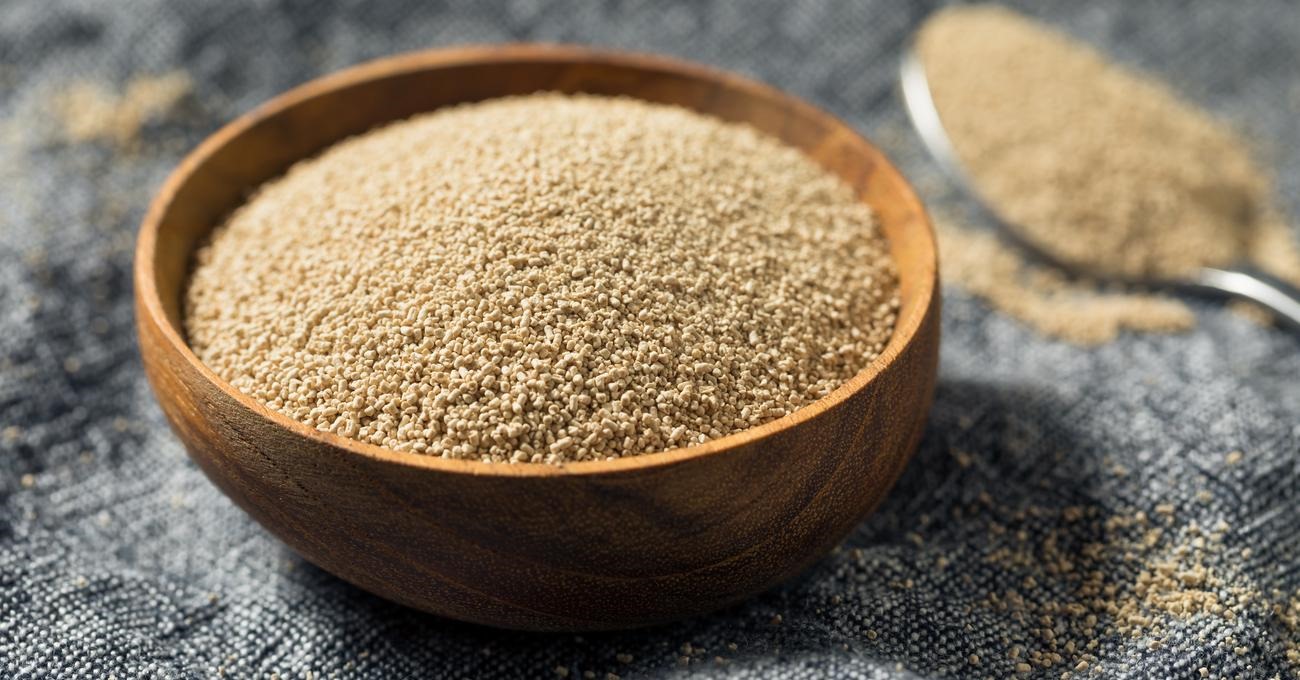
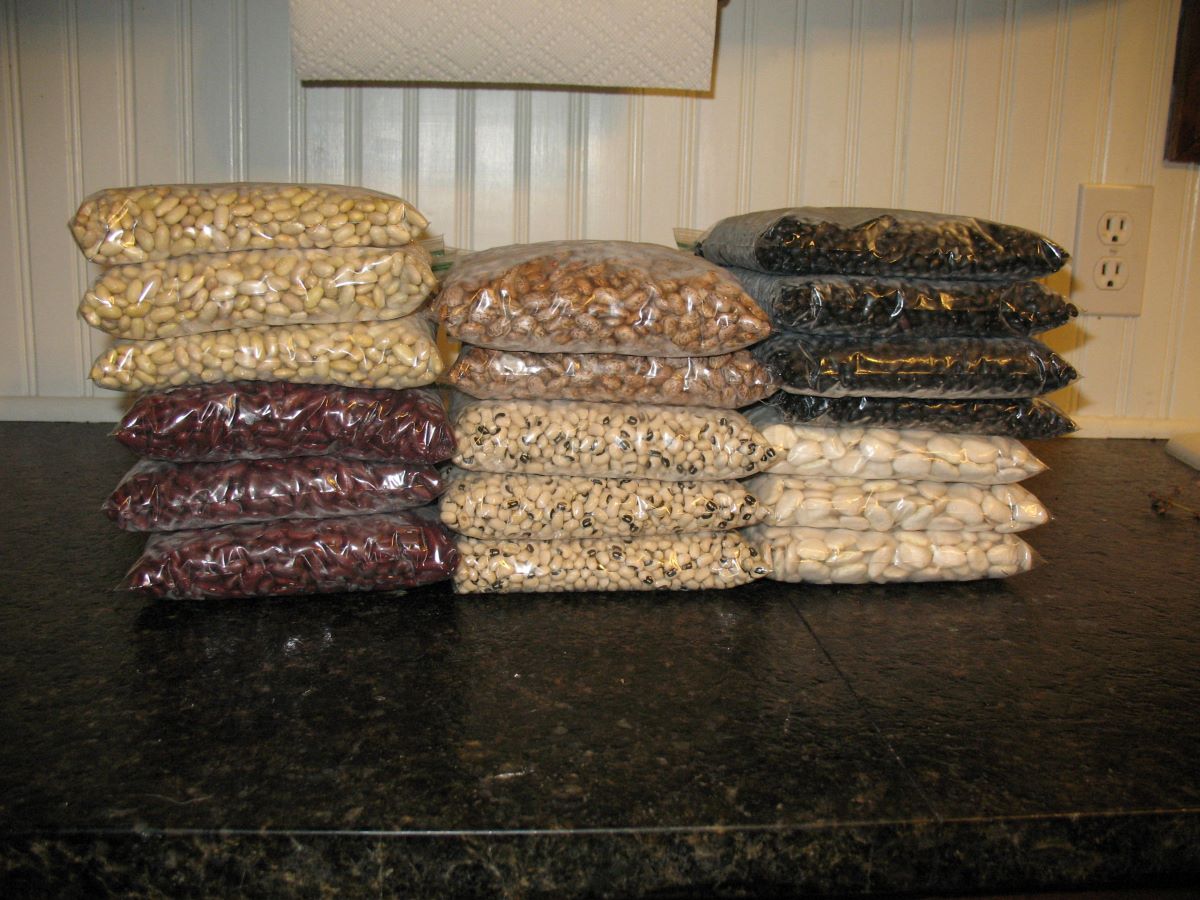
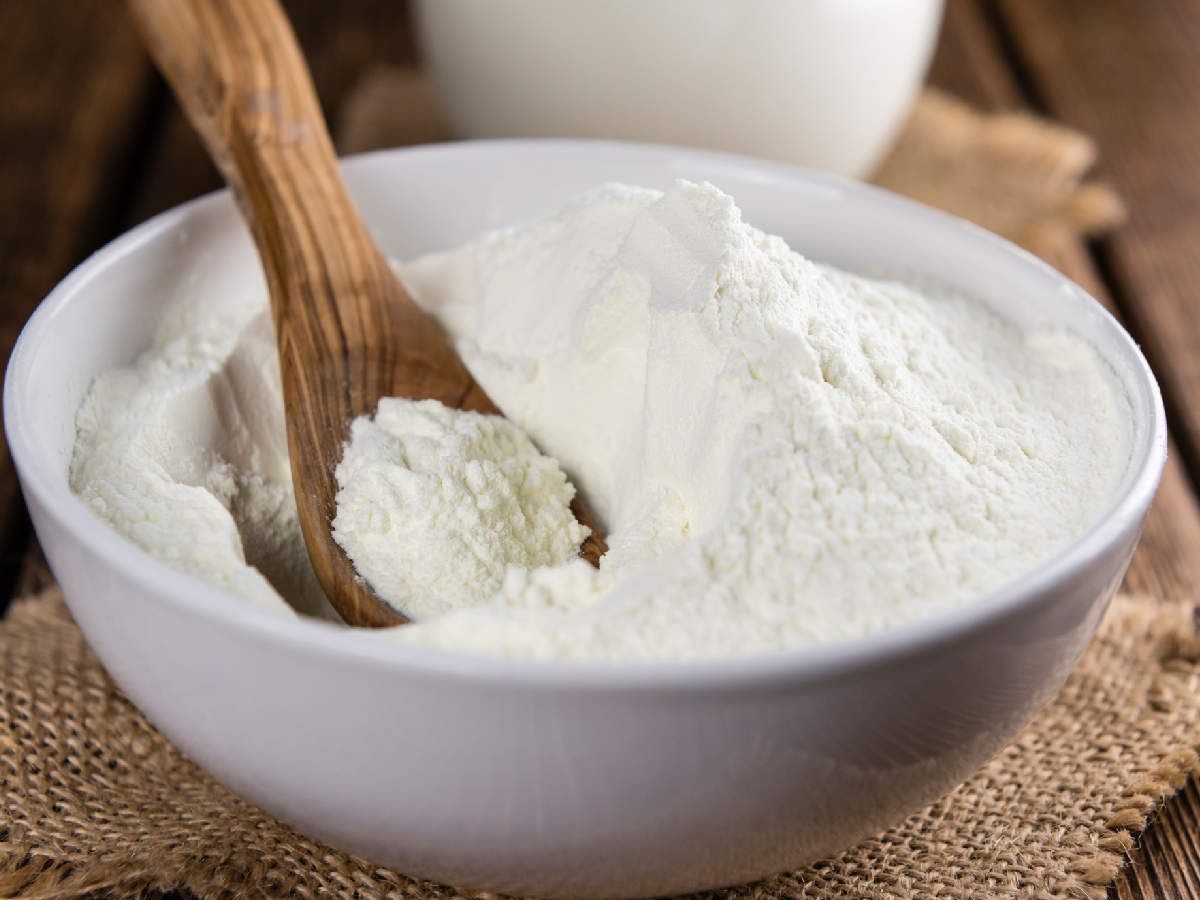
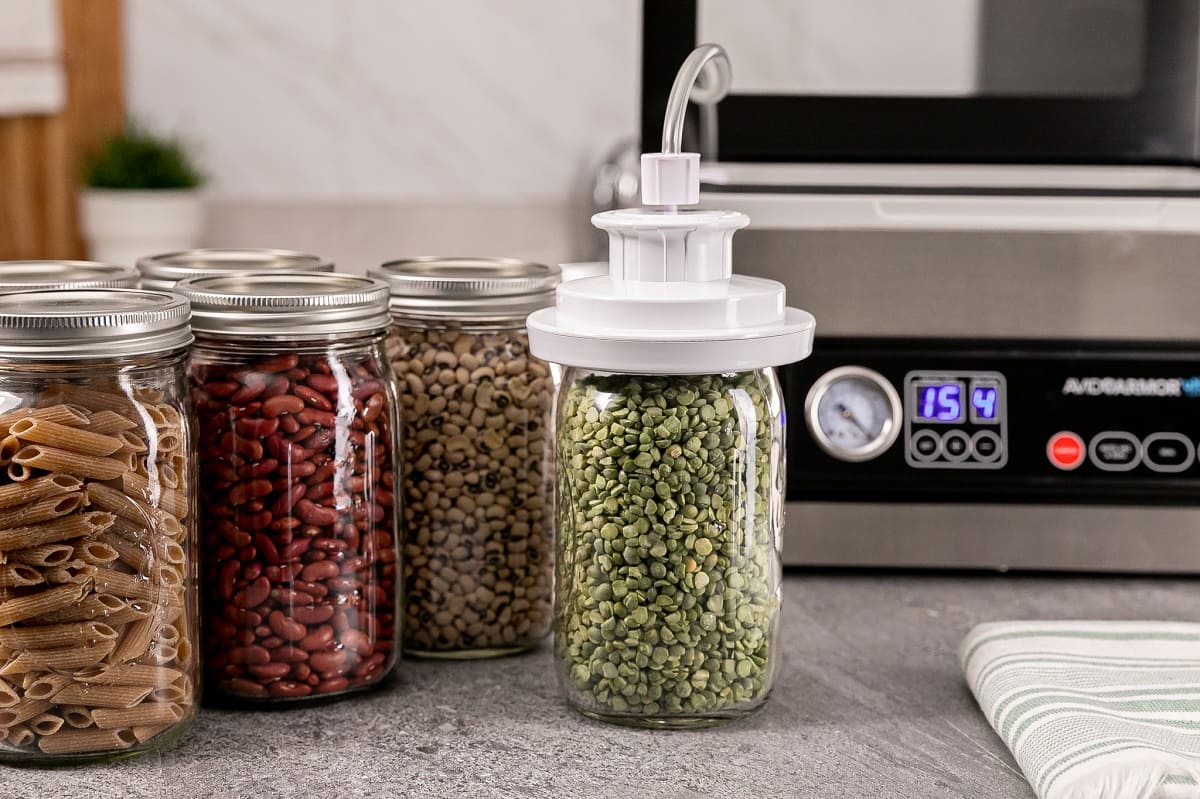
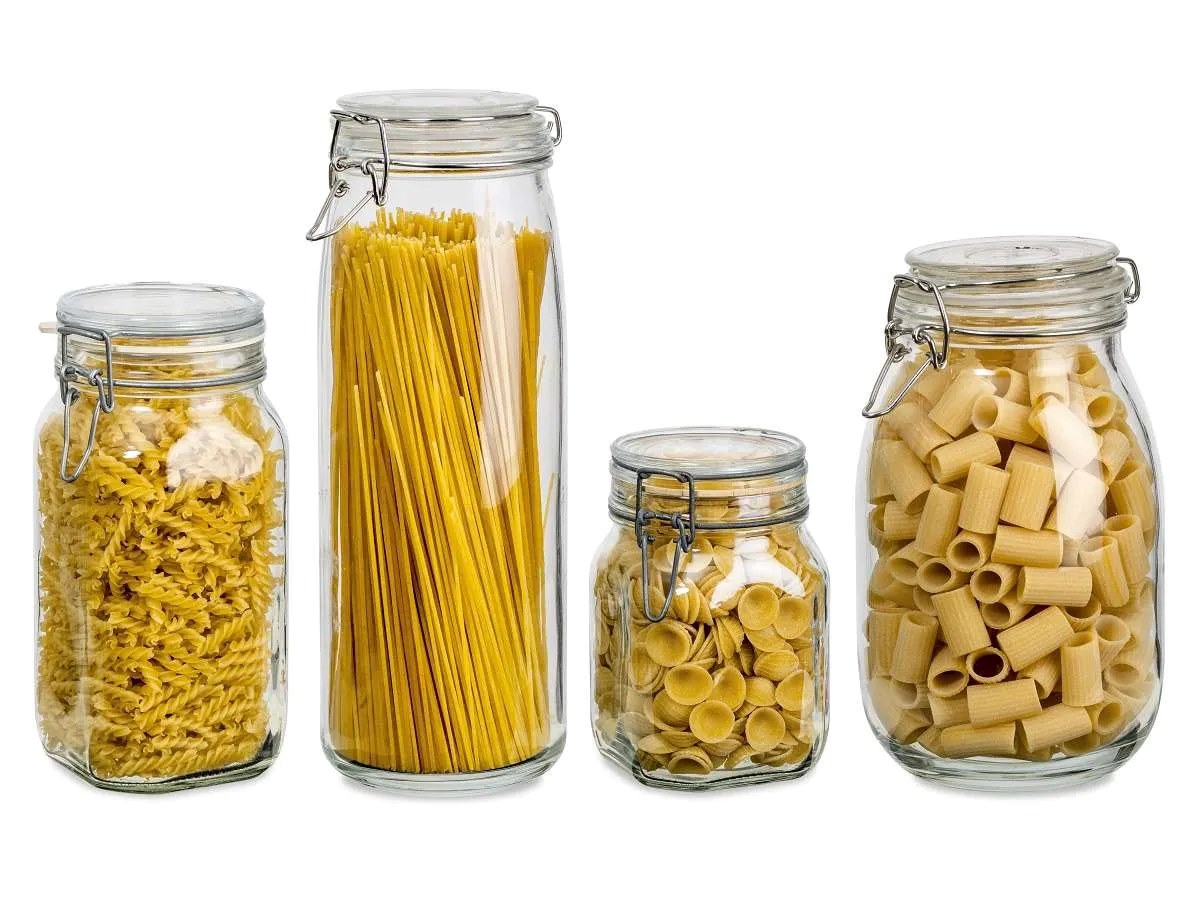
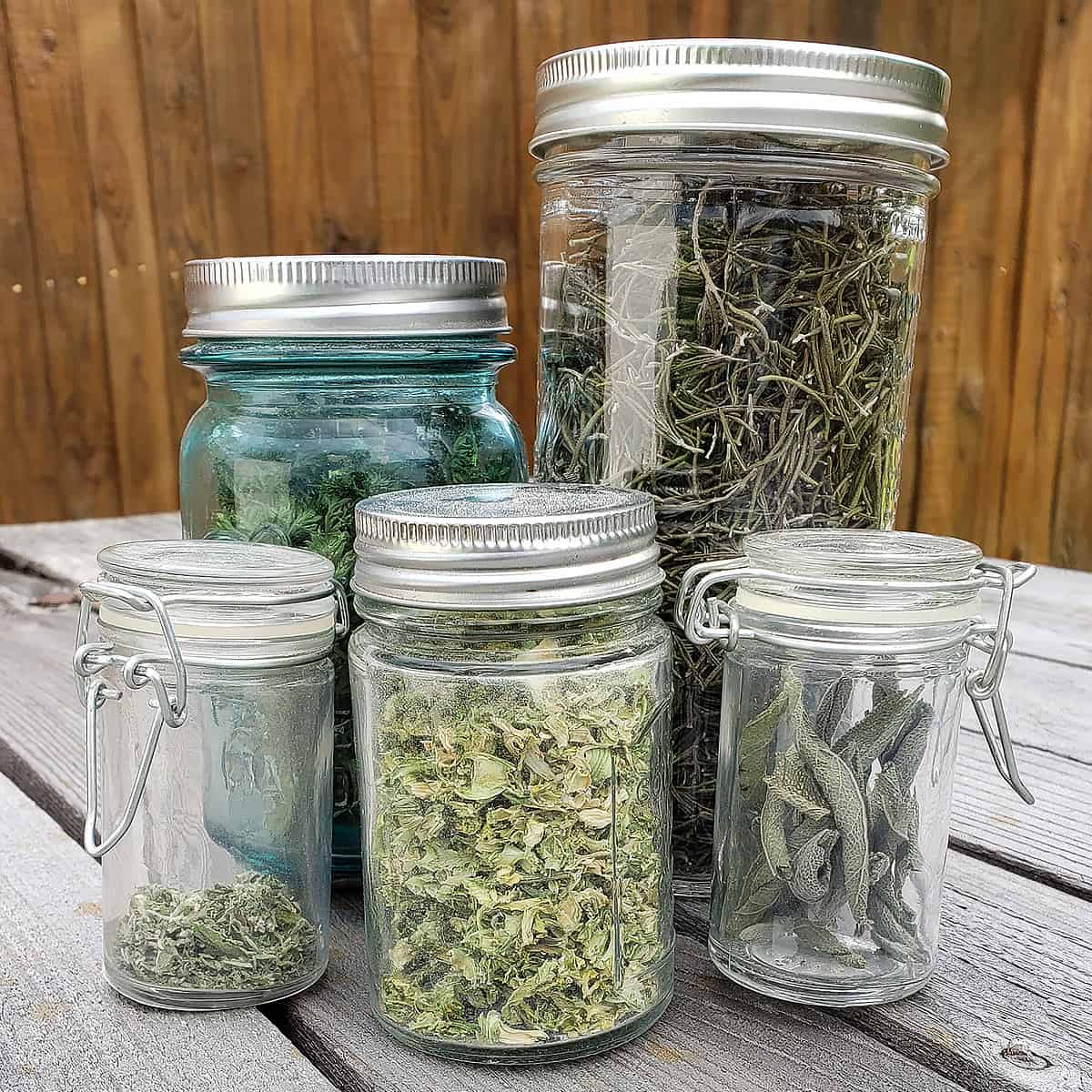
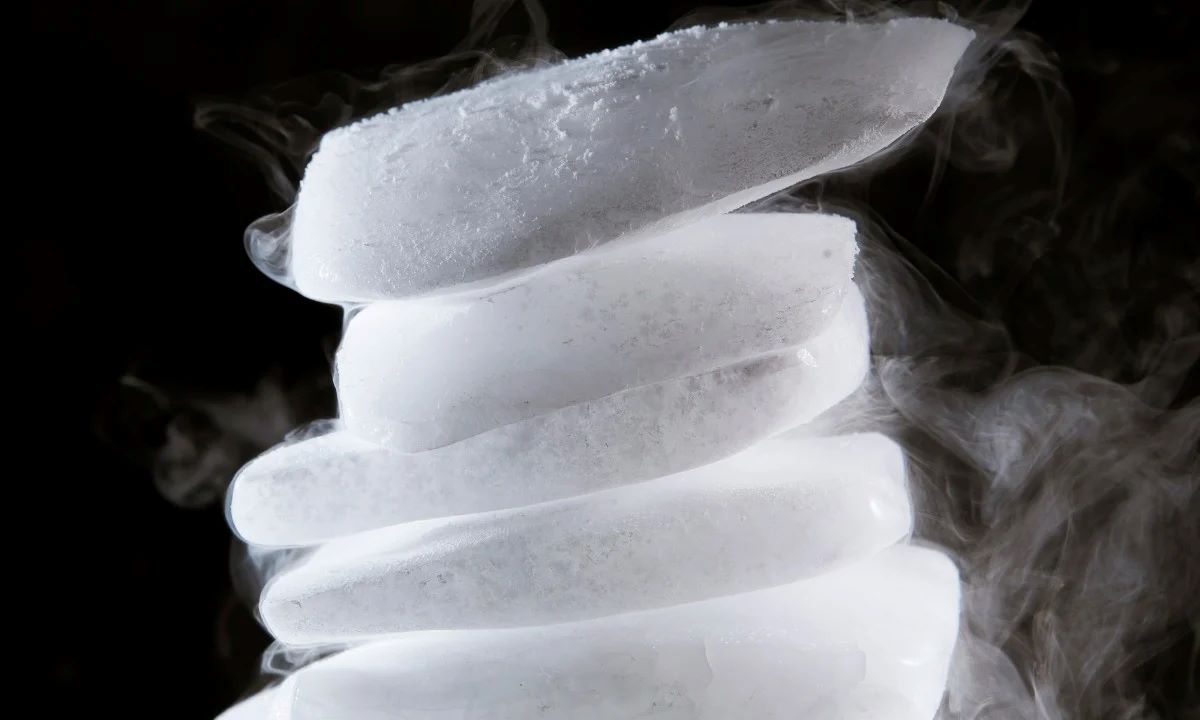
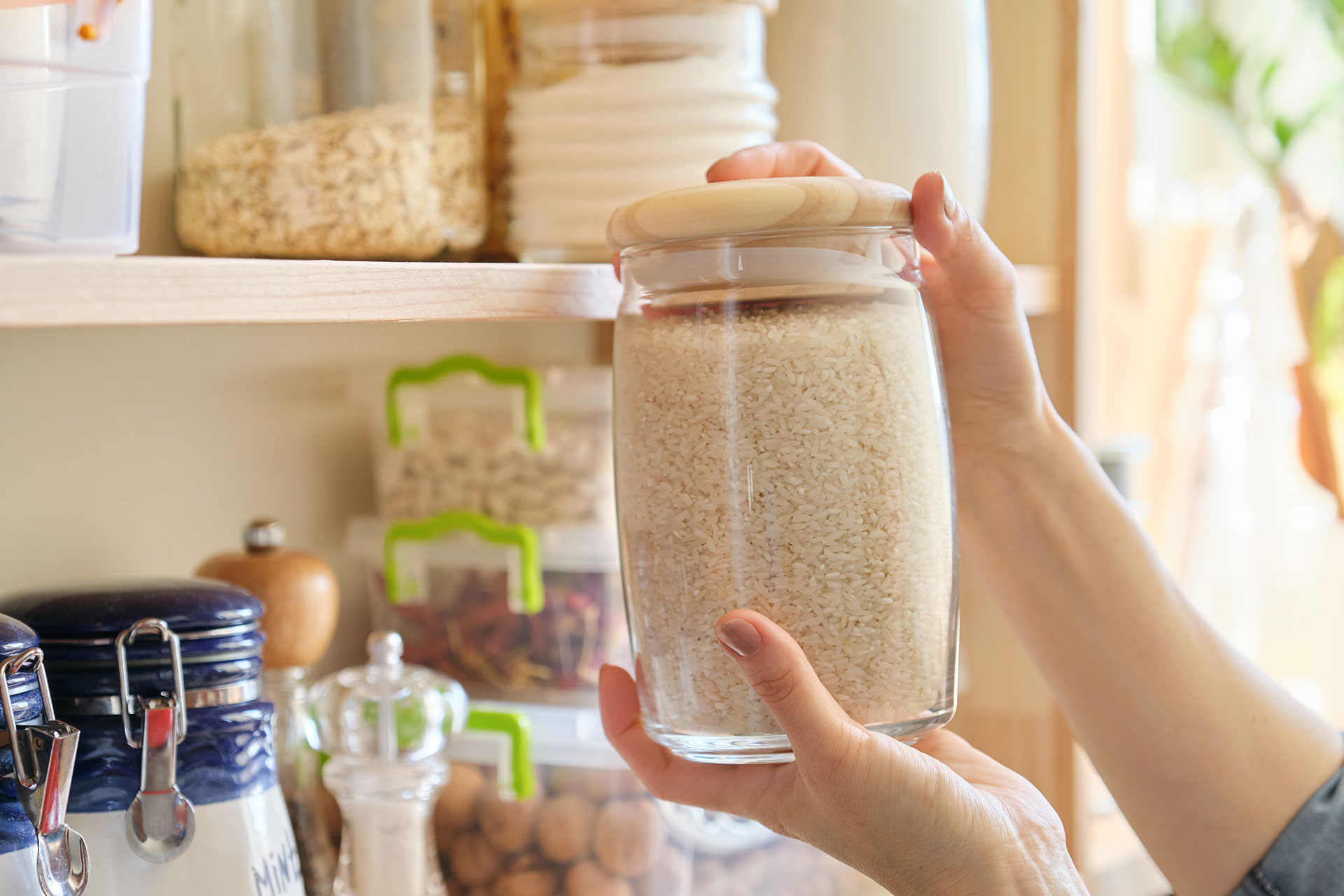
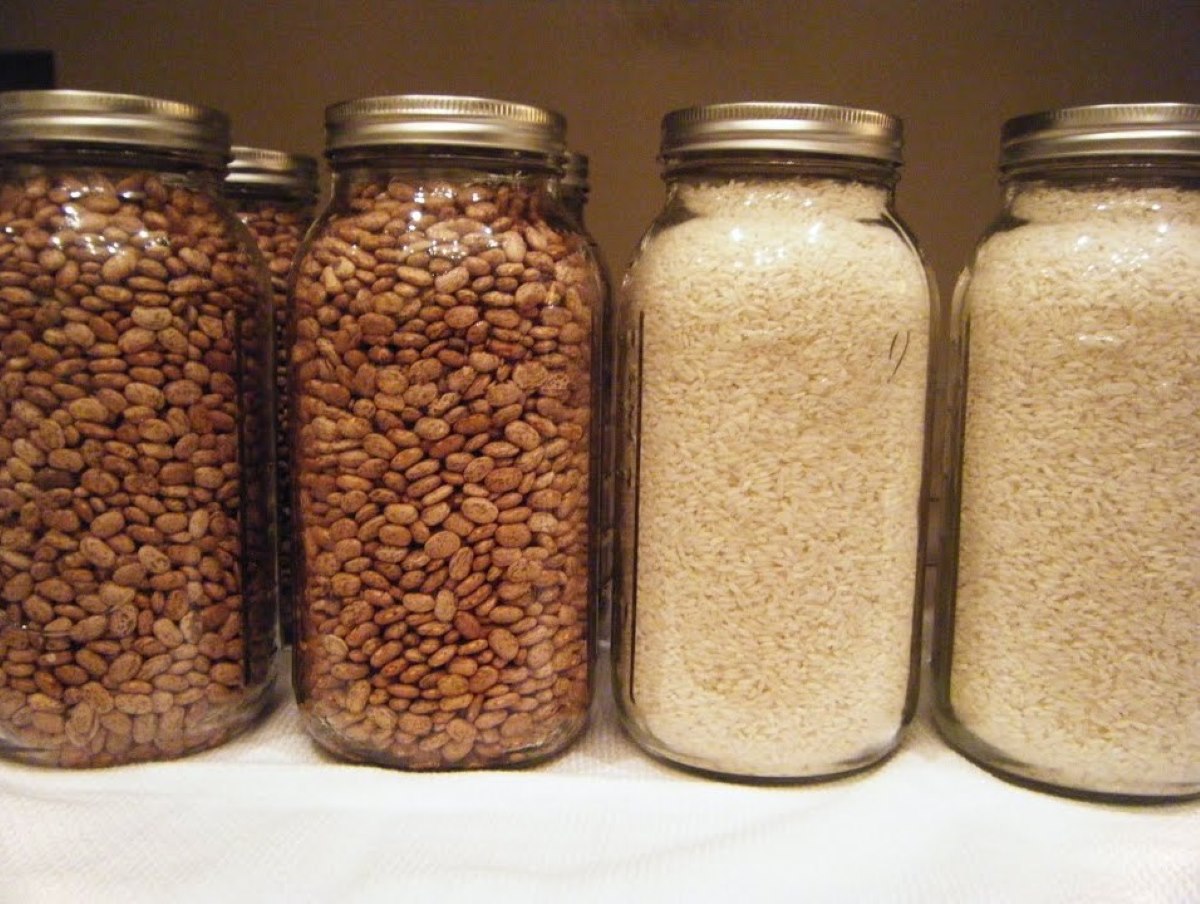
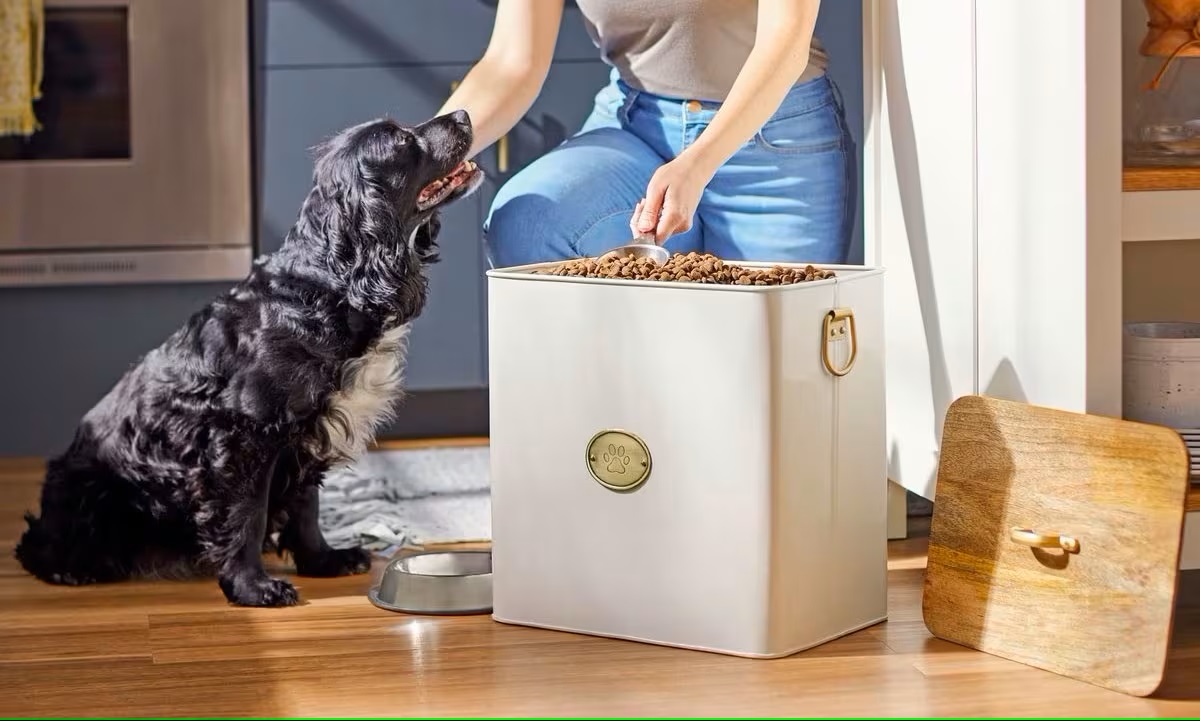





0 thoughts on “How To Store Dry Food Long Term”